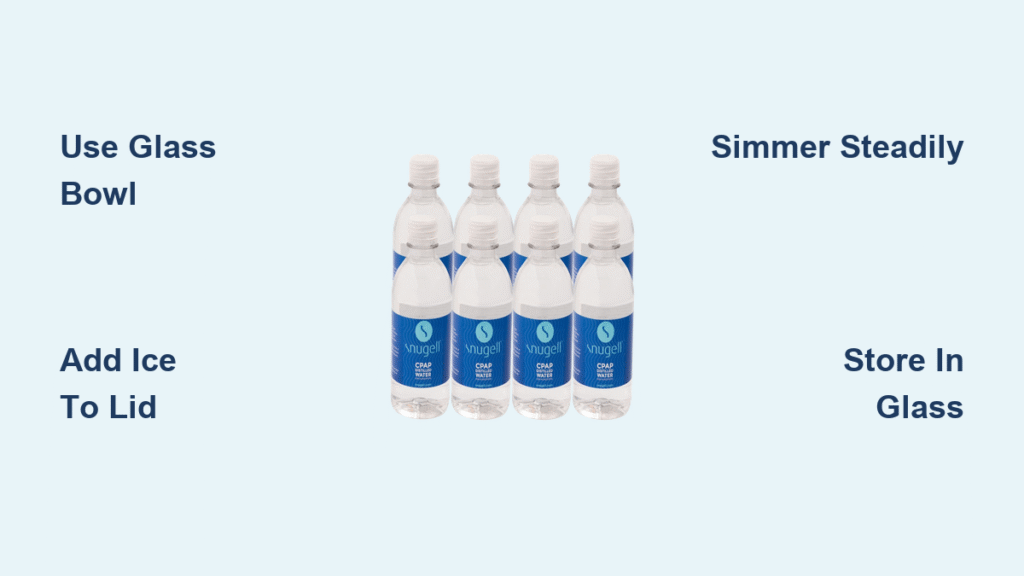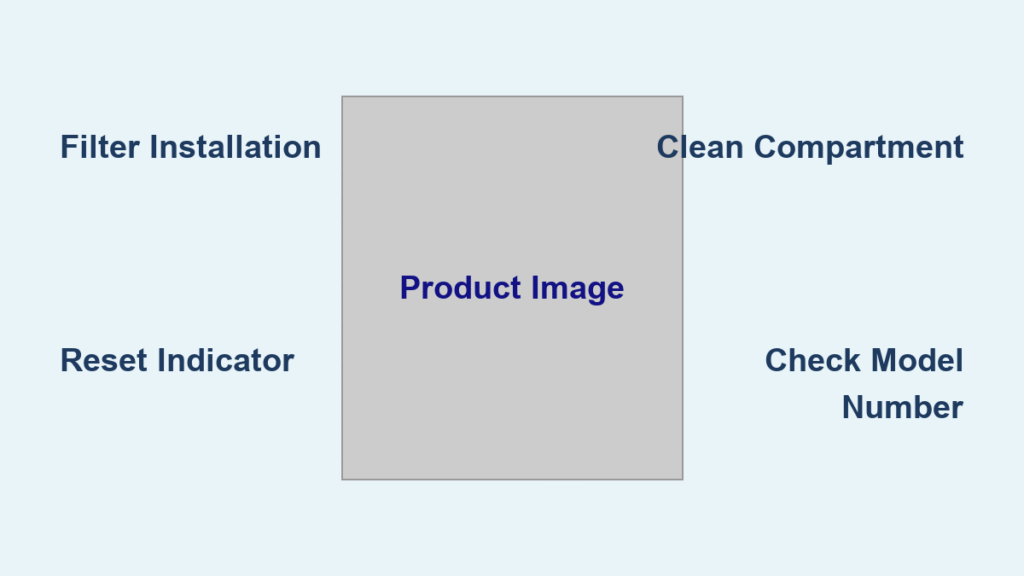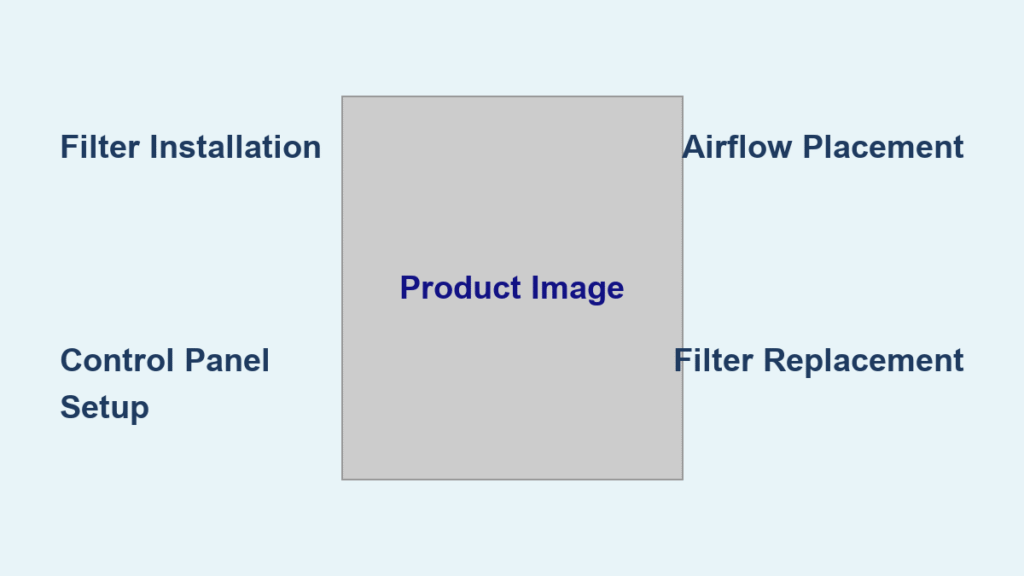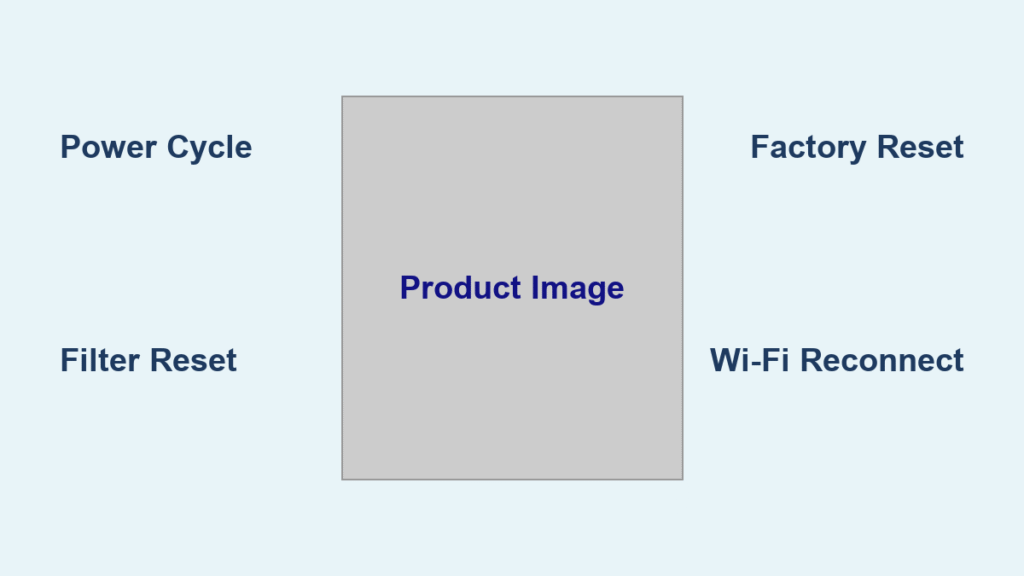That chalky white film on your furniture and electronics isn’t normal—it’s mineral dust from your humidifier spewing tap water into the air. Most humidifier owners don’t realize they’re accidentally coating their homes with calcium and magnesium particles until it’s too late. The solution? Switching to distilled water stops this damage immediately, but buying gallon after gallon gets expensive fast. The good news: you can make pure, humidifier-safe distilled water at home using ordinary kitchen tools in just hours.
This guide reveals four practical methods for making distilled water for humidifier use, from quick stovetop solutions to sustainable solar setups. You’ll learn exactly how much water each technique produces, what it costs, and which mistakes waste hours of your time. Whether you’re dealing with hard water or just want to extend your humidifier’s lifespan, these techniques deliver pure water without breaking the bank.
Why Tap Water Ruins Humidifiers and Air Quality
Tap water contains dissolved minerals—primarily calcium and magnesium—that don’t evaporate with the water. Instead, these minerals create destructive consequences:
- Generates white mineral dust that coats every surface in your home
- Clogs ultrasonic plates and heating elements, reducing efficiency by 40-60%
- Void manufacturer warranties—most brands require distilled water for coverage
- Accelerates bacterial growth—organic materials feed dangerous microbial colonies
Distilled water contains less than 10 parts per million of dissolved solids compared to tap water’s 50-500 ppm. This near-pure water eliminates mineral dust, extends humidifier lifespan by years, and maintains warranty compliance. Most humidifier manufacturers explicitly state distilled water prevents scaling that damages internal components. If you’ve noticed reduced mist output or strange noises from your unit, mineral buildup is likely the culprit.
How Much Distilled Water Do You Need?
For a standard bedroom humidifier running 8 hours nightly:
– Small units (1-2 gallon tanks): 1-2 gallons weekly
– Whole-house systems: 3-5 gallons weekly
– Emergency reserve: Maintain 2 weeks’ supply (2-10 gallons)
Glass Bowl Stovetop Method: Most Reliable Home Technique

This kitchen-friendly approach works with equipment you already own and produces consistent results.
Equipment Checklist
- Large stock pot (minimum 3-quart capacity)
- Heat-proof glass bowl that floats inside pot
- Pot lid (must fit upside-down)
- 2 cups ice cubes
- Heat-resistant gloves
- Clean glass storage container
Step-by-Step Distillation Process
- Fill pot halfway with tap water (8 cups maximum for 3-quart pot)
- Float glass bowl in center—ensure it doesn’t touch pot bottom
- Bring to steady simmer at 180-200°F (medium heat)
- Invert pot lid so handle points down into pot
- Add ice to inverted lid every 15 minutes
- Collect condensation—steam hits cold lid, drips into bowl as distilled water
- Monitor water level—never let pot boil dry
- Cool completely before transferring to storage container
Production Rate: 1.25 cups per hour from 8 cups source water
Safety Note: Use oven mitts—steam can reach 200°F during process
Critical Mistakes That Contaminate Your Water
- Bowl touching pot bottom—causes thermal shock and cracking
- Inadequate ice replenishment—reduces condensation efficiency by 60%
- Vigorous boiling—splashes source water into collection bowl
- Using aluminum or plastic bowls—leaches chemicals into distilled water
Glass Bottle Method: Higher Yield Alternative

This advanced technique doubles your output but requires careful setup.
Connection Process
- Fill one bottle with tap water (leave 2 inches air space)
- Tape bottle necks together at 45-degree angle—ensure secure seal
- Place water bottle in pot filled with water (submerged 3/4)
- Position empty bottle hanging over pot edge
- Apply ice pack to suspended bottle
- Simmer for 2-3 hours—steam travels through curved connection
Production Rate: 2 cups per 3-hour session
Best For: Weekend batches when you can monitor continuously
Why This Method Works Better
The curved neck creates a natural siphon effect that prevents backflow contamination. Unlike the bowl method where some steam escapes, this sealed system captures nearly all evaporated water. Just be sure to use high-temperature duct tape at connection points—regular tape will melt and contaminate your water.
Solar Still: Zero-Energy Distillation for Preparedness

For those committed to self-sufficiency, this passive system works 24/7 with no fuel costs.
Construction Guide
- Shallow plastic tub (kiddy pool works)
- Angled glass pane or heavy plastic sheeting
- Small collection container (glass jar or bowl)
- Sealant (weather stripping or clay)
Operation Steps
- Fill tub with 2-3 inches of water
- Place collection container in center—ensure stable placement
- Cover with angled glass—minimum 15-degree slope toward collection point
- Seal edges to prevent vapor escape
- Position in direct sunlight—southern exposure optimal
- Check daily—empty collection container as needed
Production Rate: 1-3 cups per day (weather dependent)
Year-Round Operation: Works even in winter—frozen water sublimates directly to vapor
This method requires minimal maintenance but needs consistent sun exposure. Position your solar still on a south-facing surface and expect 2-3 cups daily in summer months. While slower than stovetop methods, it’s perfect for maintaining a reserve without daily effort.
Dehumidifier Water Hack: Free Distilled Water Source
Water collected from dehumidifiers undergoes natural distillation through evaporation-condensation cycles. This water is already mineral-free but may contain airborne particles.
Safe Filtration Process
- Filter through coffee filter to remove dust and debris
- Store in clean glass container immediately after collection
- Use within 24 hours—stagnant water promotes bacterial growth
Production Rate: 2-5 gallons daily (humidity dependent)
Critical Check: Never use dehumidifier water if unit has mold issues or hasn’t been cleaned recently
This method provides significant quantities of pure water during humid months, but requires vigilance about air quality. If your home has pets, smokers, or recent renovations, skip this method as contaminants could enter the water.
Storage Solutions That Keep Water Pure
Container Selection Hierarchy
- Best: Glass bottles with tight-fitting lids
- Good: Food-grade stainless steel containers
- Avoid: Regular plastic bottles—chemicals leach within days
Shelf Life Guidelines
- Glass containers: 4-6 weeks when stored away from light
- Storage location: Cool, dark cabinet—avoid temperature fluctuations
Batch Labeling System
- Label with date distilled
- Use oldest first—maintain rotation
- Mark container volume for easy tracking
Plastic containers seem convenient but leach chemicals into distilled water over time. Glass is the only truly safe long-term storage option. Store containers away from cleaning products—distilled water readily absorbs airborne chemicals.
Cost Analysis: DIY vs Store-Bought
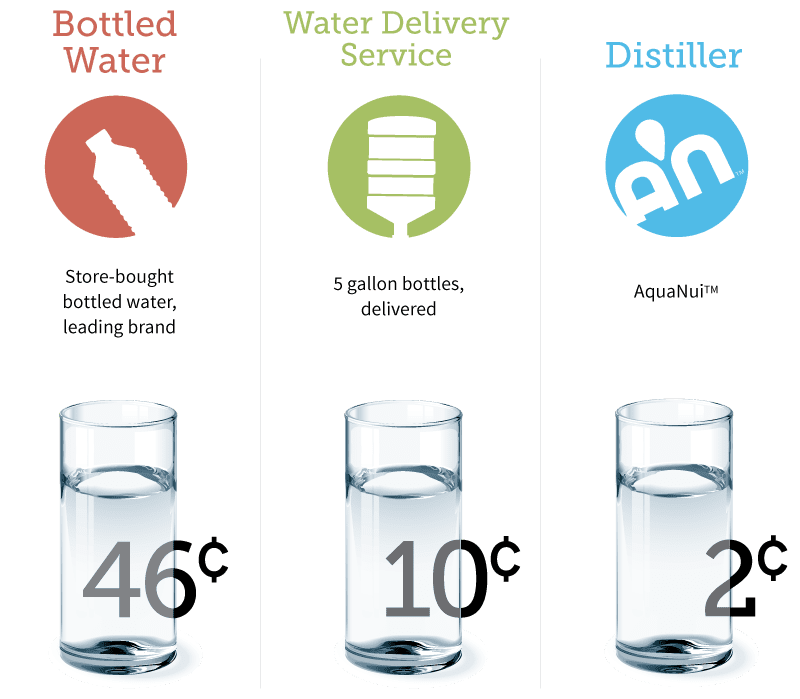
Home Production Costs
- Electricity: $0.15-0.25 per gallon (varies by local rates)
- Time investment: 13 hours per gallon using stovetop method
- Equipment amortization: $0.05 per gallon over 100 uses
Store-Bought Comparison
- Bring-your-own-container: $0.35-0.75 per gallon
- Pre-filled jugs: $0.89-1.25 per gallon
When Home Distillation Makes Sense
Home distillation becomes cost-effective when:
– Using more than 2 gallons weekly
– Energy costs under $0.12 per kWh
– Time cost valued under $5 per hour
Most households find a hybrid approach works best—make small batches as needed while keeping a 1-gallon emergency reserve of store-bought distilled water.
Critical Troubleshooting Guide
No condensation forming?
– Add more ice to lid (should melt every 10-15 minutes)
– Reduce heat to steady simmer
– Check bowl placement—must be centered under drip point
Water tastes metallic?
– Switch to glass collection bowl
– Clean pot thoroughly—remove mineral deposits
– Use filtered source water if tap has high iron content
Production too slow?
– Increase pot size and water volume
– Use convex lid instead of flat
– Pre-heat source water to 140°F
Essential Maintenance Schedule
After Each Distillation
- Empty and dry all containers completely
- Rinse glass bowl with distilled water to prevent mineral buildup
- Wipe pot interior with vinegar solution if hard water deposits visible
Monthly Deep Clean
- Boil vinegar solution (1:1 ratio) in pot for 15 minutes
- Scrub glass bowl with baking soda paste
- Inspect for cracks in all glass components
Distillation equipment requires regular cleaning to prevent mineral buildup that contaminates future batches. Vinegar soaks dissolve stubborn deposits without harsh chemicals.
Final Recommendations
For most households, combine methods based on needs: use stovetop distillation for immediate weekly needs, maintain a solar still for supplemental production, and keep 1 gallon of store-bought as emergency backup. This hybrid approach balances cost, convenience, and preparedness without requiring daily attention to the distillation process.
Start with the glass bowl method this weekend—you’ll have enough pure water for the week ahead, and you’ll immediately notice the absence of that white mineral dust. Your humidifier—and your lungs—will thank you for making the switch to properly distilled water. Remember: consistent use of distilled water prevents 95% of common humidifier problems while keeping your indoor air clean and healthy.

